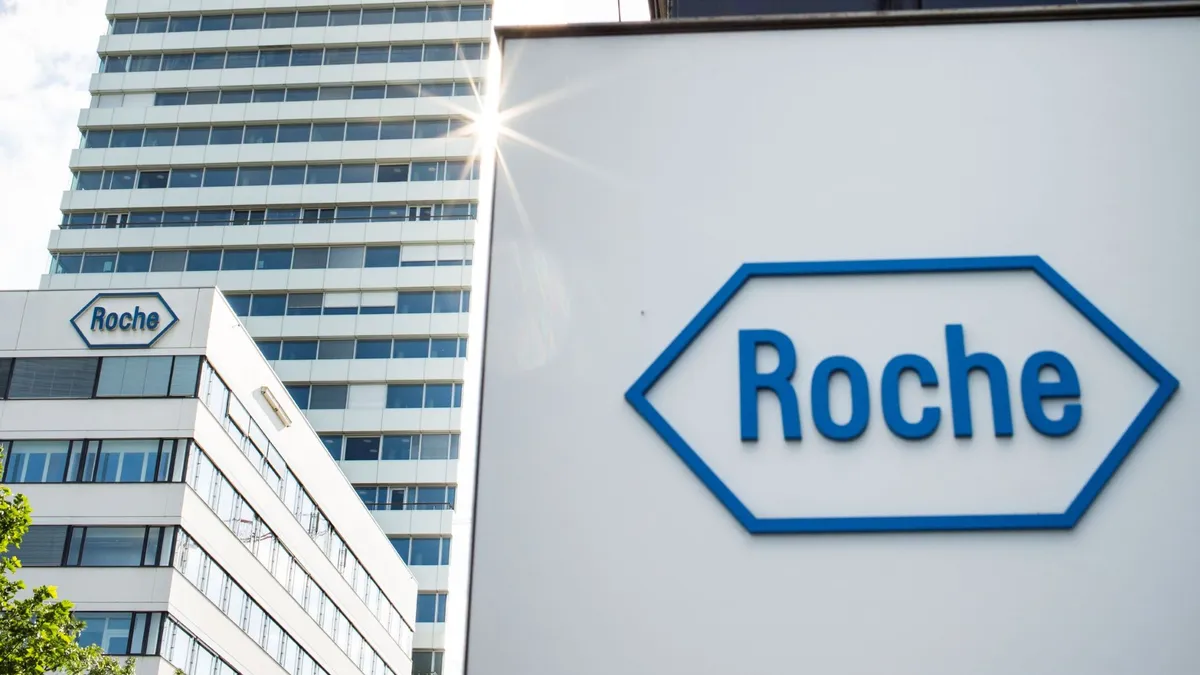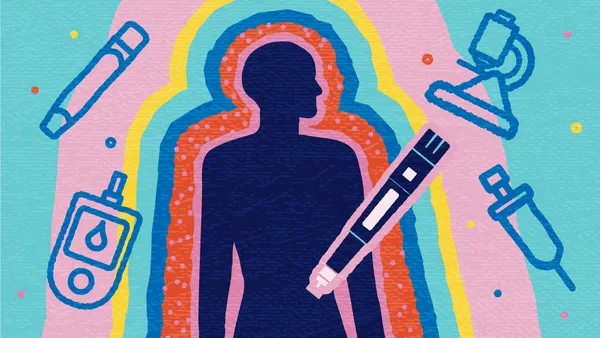To launch a drug in the ultra-rare disease space, the path to commercialization is narrow. In developing the first treatment for a rare genetic disease that impacts only an estimated 900 people in the U.S., Zevra Therapeutics had to keep the end game in mind early on.
“Awareness for [a] new therapy takes place through the clinical trials,” said Josh Schafer, Zevra’s chief commercial officer.

The pharma received FDA approval in September for Miplyffa, the first therapy for Niemann-Pick disease type C, which is caused by genetic mutations in the NPC1 or NPC2 genes that affect how the body breaks down fats and lipids. While the patient population for NPC is small, the number of diagnosed cases is even smaller, around a few hundred globally. With a first-in-disease approval and recent availability of Miplyffa, Zevra is now ramping up its reach.
Ultra-rare model
Miplyffa has been available commercially since November at a cost of more than $100,000 per month — more than $1 million annually. Early adoption has exceeded expectations, president and CEO Neil F. McFarlane said.

Miplyffa is used in combination with miglustat, a glucosylceramide synthase inhibitor that has been used off-label to treat NPC patients. Treating the neurological symptoms of NPC in adults and children 2 and older, the combination therapy stopped disease progression through 12 months for patients in the clinic.
During a third-quarter earnings call, Zevra announced that it reached 90 patients for Miplyffa and was working through the reimbursement process.
“We've seen great success there in terms of payers’ willingness to pay for Miplyffa,” Schafer said. “[The launch] exceeded our expectations in terms of the interest and the demand and, more importantly, our ability to be able to process all those enrollments, to be able to get them authorized for payment from the insurance companies and from Medicaid and Medicare.”
The company also continues to treat patients in its ongoing trials — 83 in its early access program have been taking Miplyffa for as many as five years already. Of that group, 69 were converted from the early access program to the commercially available Miplyffa, according to McFarlane.
“More than 270 patients have received Miplyffa through one of the trials that we've conducted,” Schafer said. “It's typical to sort of see that as the starting [point] and the accelerator for any rare disease launch.”
But Zevra wants to reach more patients and is looking to clinicians to help confirm more diagnoses of the disease. NPC can be mistaken for other conditions such as Gaucher disease, and as part of its commercialization strategy, Zevra is seeking those misdiagnosed patients to broaden its therapeutic reach.
“The way to make a commercially viable opportunity for rare disease is to focus on trying to increase the diagnosis of patients who suffer from that disease,” Schafer said. “What we're trying to do is bring effective treatments to those patients who have already been diagnosed, but then raise awareness and education around how best to treat patients who may be misdiagnosed today.”
And there are already some groups advocating for NPC screening at birth, according to Schafer.
Financial footing
With the U.S. launch underway, Zevra is looking to expand Miplyffa to Europe, with regulatory submission expected in 2025, McFarlane said during the earnings call.
Elsewhere in Zevra’s portfolio, a urea cycle disorder treatment called Olpruva is underperforming, with only three new patient enrollments during the third quarter of 2024, according to the earnings report. Zevra launched Olpruva at the beginning of 2024 after it acquired Acer Therapeutics. Zevra also has an ADHD drug, Azstarys, on the market. The two drugs brought in about $1 million in third quarter revenue.
“We're talking about a company that had never commercialized the product,” McFarlane said. “Since the beginning of the year, we've launched a product in UCD, and now we've actually gotten approval of the first product ever for NPC. If I think about the lessons that we've learned in the first launch, we're applying those lessons. We're listening and we're building the depth and strength in our organization to be able to prove that we can commercialize ultra-rare disease drugs.”
The lessons from Olpruva’s launch have also helped Zevra achieve greater success with Miplyffa’s early days.
“Our commercial team was really sort of built fit-for-purpose to be able to bring multiple products to the rare disease community with a really focused effort with overlapping call points,” Schafer said. “It helps us with both products. We have relationships that help open doors and initiate conversations with clinicians because we have both of these products. That is fundamental to who we are and how we're growing.”
Still, the rare disease company has a cash runway into 2027 after completing a public offering in August that raised nearly $65 million. In the pipeline, Zevra has another asset, KP1077, targeting rare sleep disorders in phase 1 and 2 trials, as well as a phase 3 trial for a vascular Ehlers-Danlos syndrome treatment.
“I have no favorite child,” McFarlane said of the company’s portfolio. “The reality is that we are launching two products in two critical therapeutic areas right now, and we have two late-stage development programs. We're developing products for patients who don't have a lot of therapeutic options. Our goal is to be able to bring these products across the regulatory hurdles and then commercialize them and make it as easy as possible for patients to receive these therapies.”





















